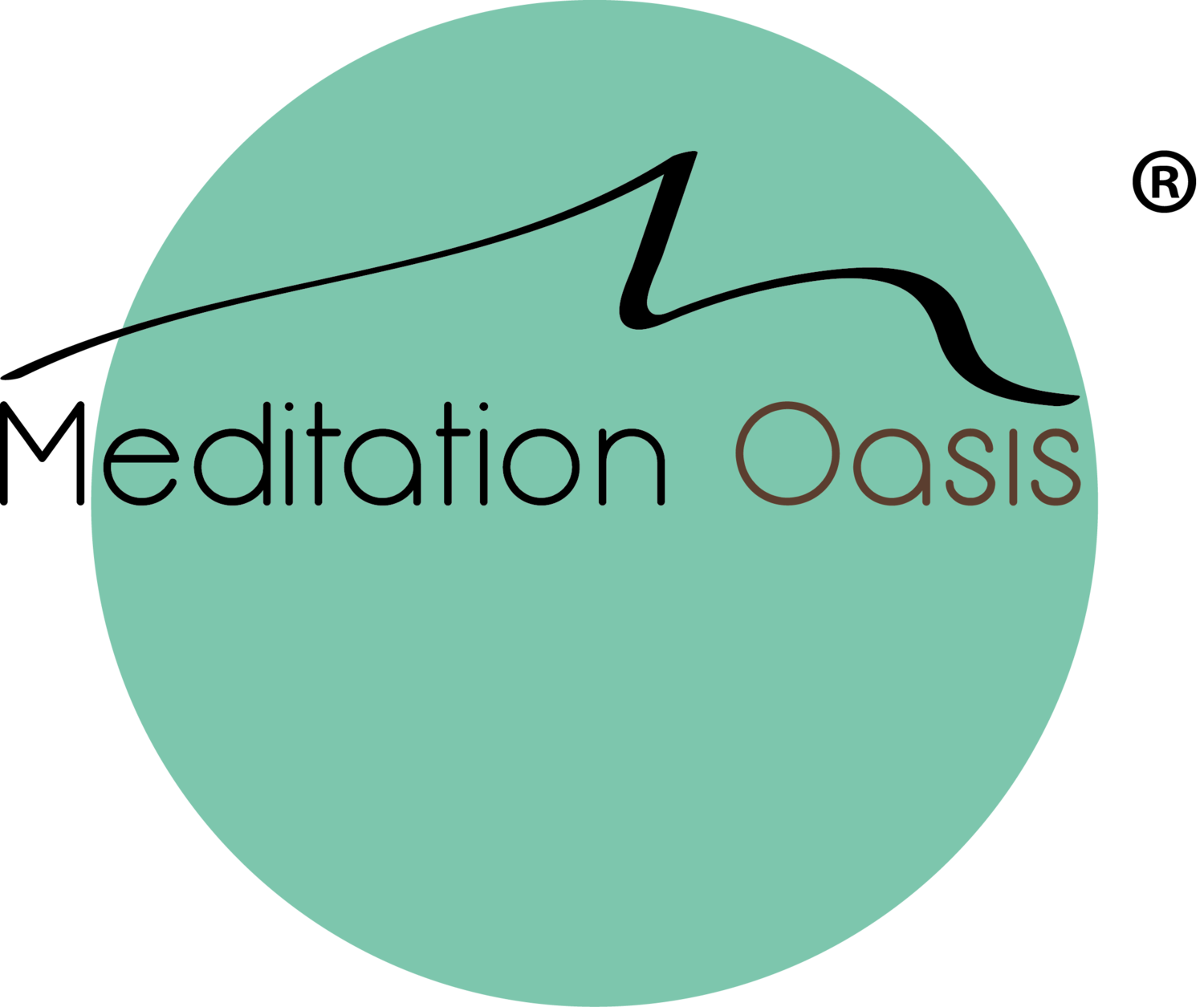 When we were looking for an icon for our Meditation Oasis podcast in the fall of 2006, we kept coming back to the face which not only became our icon, but part of our website banner. We found the picture in an image library of software we were using. The expression is so compelling. It captures meditation so perfectly. None of the other images we considered came close to the power of this image.
It's intriguing to think about how once upon a time a young woman posed for a photo, and the picture ended up in an image library and then became the now familiar face associated with Meditation Oasis. Who is the woman who posed? Who took her picture? What was the intention of the picture? How did it end up in the image library?
When we were looking for an icon for our Meditation Oasis podcast in the fall of 2006, we kept coming back to the face which not only became our icon, but part of our website banner. We found the picture in an image library of software we were using. The expression is so compelling. It captures meditation so perfectly. None of the other images we considered came close to the power of this image.
It's intriguing to think about how once upon a time a young woman posed for a photo, and the picture ended up in an image library and then became the now familiar face associated with Meditation Oasis. Who is the woman who posed? Who took her picture? What was the intention of the picture? How did it end up in the image library?
Just recently someone on Facebook asked if the woman in the picture is me. When we chose the photo, we realized that some people might think that, but decided it didn't matter. It was the expression, the feeling of the picture that mattered, not the features of the face. And besides, we have never wanted to put a lot of attention on ourselves as individuals. What we are interested in is an inner experience, a universal human experience. We are also most interested in YOUR experience, in your discovery through meditation.
Whose is the face of Meditation Oasis? The face of Meditation Oasis is all of us. The icon could easily be a picture of any one of us deep in meditation. The picture could easily be you. When we are at peace, it shines through. No matter how we look, when a person is at peace, that is what everyone sees. It's unmistakable. It's a gift to everyone around. We are thankful for the gift of this photo that came in such a serendipitous way. It's been a gift to all of us who feel the peace that comes through the image.


